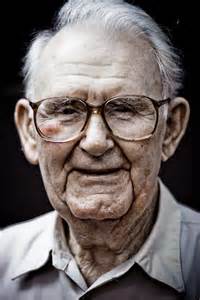

If you’re teaching playwriting, you may be frustrated or perhaps a bit anxiety ridden about ensuring your writers can actually create scripts. In other words, many who teach playwriting for the first time find that they have difficulty in getting novice playwrights to turn out scripts. Here are a few tips towards doing that and three quick exercises that will get your playwrights creating interesting short scripts quickly.
Tips for Creating Plays
It’s important to make sure that your students get the basics. Such as how scripts are formatted, the manner in which dialogue is written, and the need to understand that they are writing for the stage and not TV or the movies.
Here are a few quick tips:
- All scenes that they write should have a title
- Writers need to describe the set, time, and place
- Characters need to have objectives
- Focus on dialogue
- Make sure necessary physical actions are clearly defined
- Keep scenes simple- one setting and 2 to 3 characters
- Each short play should have a beginning, middle, and end
Exercise 1: The Prop

Give students a list of props (no weapons or guns). The list may include food items, hand props, such as a lighter, wallet, a cup, flower, or calculator; and larger props, such as a computer, coffee maker, or framed picture.
From that list they must
- Choose one prop
- One setting
- Use it in a scene between two characters
- The conflict must be over the prop
- It needs to be important to both characters but for different reasons
- By the end of the scene one character has the prop
Exercise 2: I Love You

In this scene, which is between two characters, one must tell the other that they love them without saying the words “I love you.”
- One setting, minimal set pieces
- Two characters
- One tells the other they love them
- The writer must define what type of love is involved- paternal, romantic, friendship, etc.
- Expressing love should be difficult due to some outer or inner conflict
- The other character may or may not return the sentiment
- Encourage writers to use language creatively, an unusual prop or a series of actions
- The scene needs to have a beginning, middle and end
Exercise 3: Picture This

Pull 50 or so pictures of people from the Internet. The people in these pictures should include regular, everyday people, glamorous and rich individuals, people of all ages and from all walks of life. Look for people whose stories you want to know.
- Give the class all of the pictures
- They choose 2 or 3
- They will base a character on each of the photos
- Write a scene with these 2 or 3 characters
- One setting
- There must be a conflict
- The scene needs to have a beginning, middle and end
After They Are Written
Once scenes are written, review them and offer some suggestions towards making them more complete. Give some time for writers to make adjustments. Then have the scenes read aloud. Discuss each, starting with the positive and then focusing on in which manner scenes may be improved. You may also encourage writers to expand scenes into longer plays, especially if the characters, situations, and themes have the potential for more development.

 Random Item
Random Item